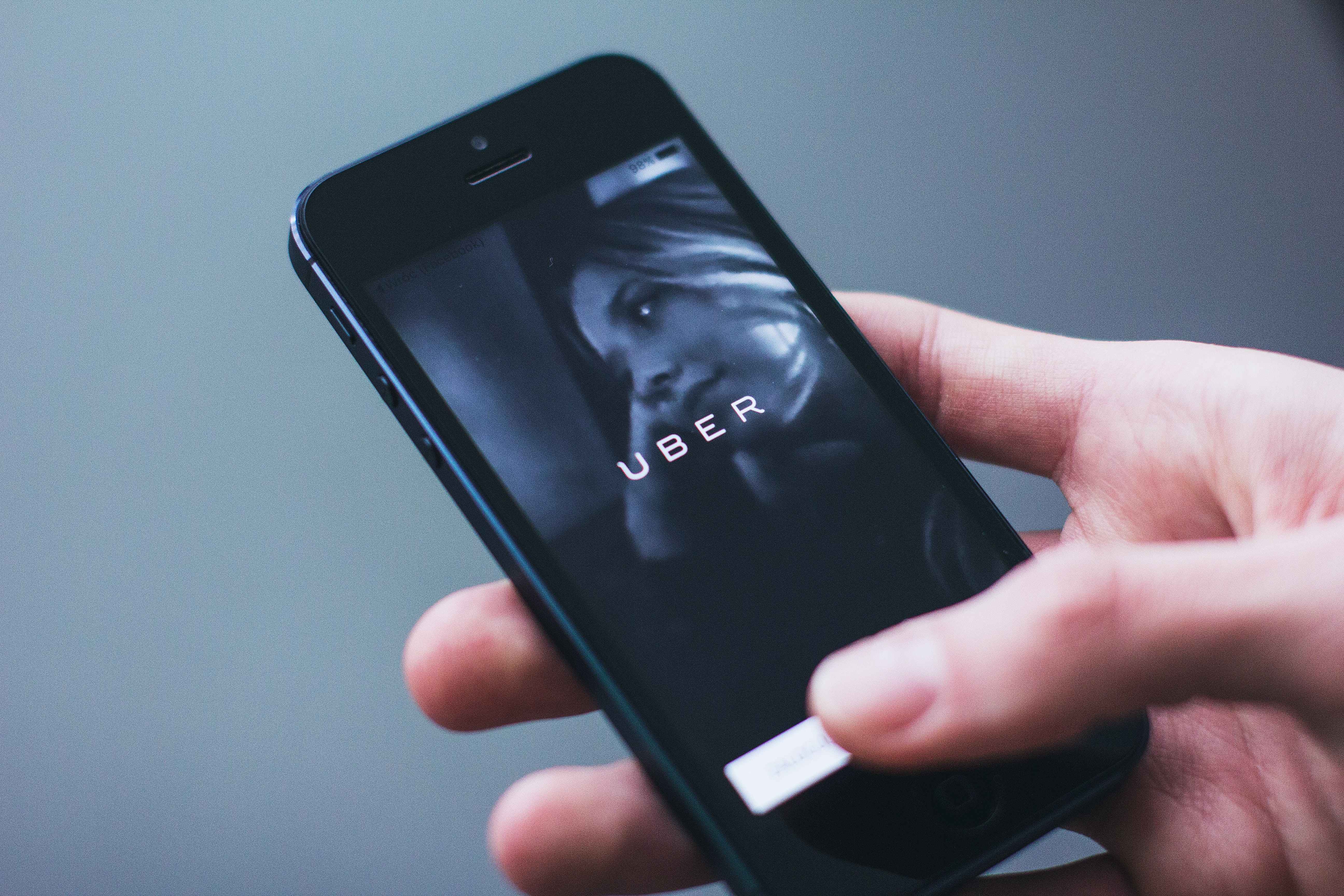Uber’s Self-Driving Tech Is Back — Here’s What It Means for the Disabled
Uber is not just helping common people by expanding their earning possibilities, it’s also giving folks with disabilities a shot at being more productive and independent, especially now that it’s back at testing its self-driving car technology.
Nine months after a horrific accident involving one of Uber’s self-driving cars claimed a life in Arizona, the firm got the go-ahead from Pennsylvania’s Department of Transportation. Now Uber may resume its autonomous-car testing.
After officials learned that the reason the autonomous Uber car involved in the crash didn’t stop was that an important emergency system had been disabled, the Arizona governor barred the company from testing in the state. But, though officials in Pennsylvania now allow Uber to get back to work, the permission came with severe limitations.
Starting out, Uber can only test its self-driving Volvo SUVs in a one-mile loop around Pittsburgh’s Strip District.
At first, only two vehicles will be tested, but over time Uber plans on adding more cars to its fleet. The vehicles will also not be allowed to go above the posted 25 mph speed limit, and two human safety drivers are required to be in the cars at all times. The Arizona crash happened while only one “safety driver” was present, and he was reportedly using a streaming service when the accident happened.
Finally, under the new rules, Uber’s self-driving SUVs will not carry any passengers.
But while these restrictions will undoubtedly slow Uber down, it’s clear the company is thankful it may finally resume its self-driving program. After all, the firm’s CEO, Dara Khosrowshahi, nearly shut down the entire operation following the crash.
As The Verge noted, Uber has had to go above and beyond to regain trust, including working with regulators and submitting voluntary reports to show how the program is progressing. The added stress and time spent on dealing with government officials alone must be a great drain on Uber’s resources.
In the end, this could take away from the resources the company should be able to put toward developing safer self-driving car technology. Nevertheless, it is great to hear the company is finally back on track.
Self-Driving Rides Could Help the Disabled
Allowing companies like Uber to offer rides in self-driving cars could both cheapen fares for low-income users and make the service more widely available to people with physical or other difficulties who cannot afford to own their own self-driving cars.
Many people with disabilities can feel trapped, as some do not own their own means of transportation and find it hard to navigate the public transit system. With Uber boosting its fleet with the help of self-driving technology, people with disabilities will have more options. As a result, they will no longer feel they are homebound because of a lack of affordable transportation options.
Unfortunately, many of the restrictions and rules imposed by local, state, and federal governments on developers of self-driving car technology make it an expensive program, even for large companies like Uber.
Just as too much road regulation often translates into more restrictions for the poor, having too many regulations on self-driving cars means more roadblocks to the development of the technology. The best thing we can do to help boost progress is, therefore, to not stand in its way.
And that means telling government officials that more freedom is how more competitors will enter the scene, making self-driving car technology both safer and more widely available.











